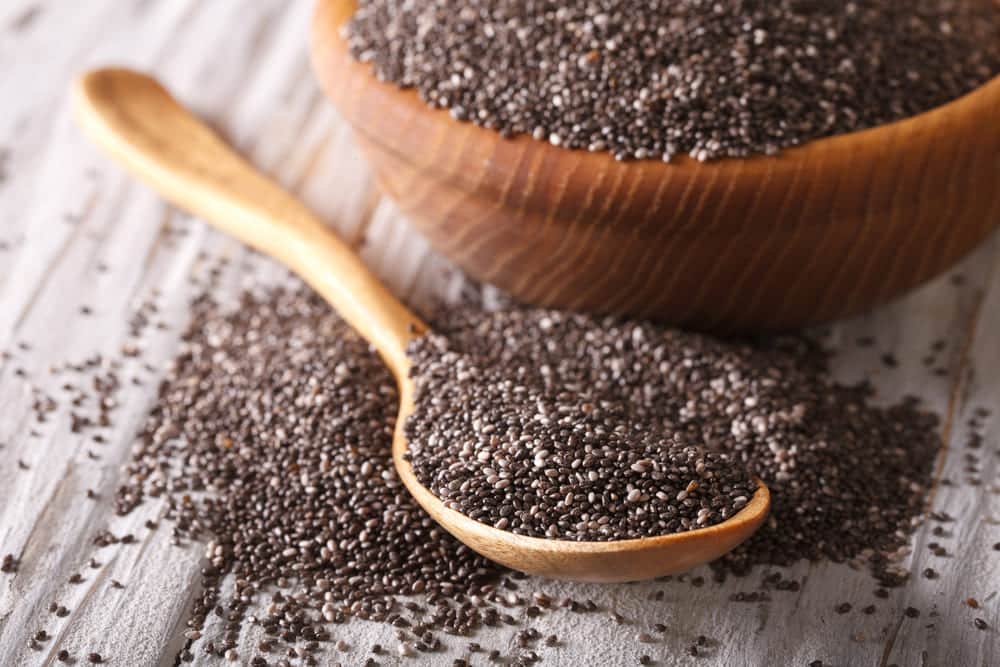
For everyone who has been trying to improve their digestive health and lose extra pounds, we are pretty sure that they have heard about chia seeds. The chia seeds are soaked in water to get them in gel-form and then they are added to the smoothie or anything else. However, people always wonder why do chia seeds gel. So, we have added the answer in this article!
Why Do Chia Seeds Gel?
The chia seeds are made with 19% protein, 43% fiber, 5% water, and 33% oils. When it comes down to fiber, more than half of it is soluble. Consequently, the soluble fibers tend to gain a gel-like consistency when soaked in liquid and water. In the case of insoluble fiber, it has lignin and cellulose. In addition, the protein count is higher with arginine and glutamine.
It wouldn’t be wrong to say that chia seeds have more than 20% gelling fibers which lead to gelling. So, this fiber content is responsible for gelling. Keep in mind that these are food gels made with hydrogen bonds which have no permanent structure. In the same way, this chemical bond can be easily mediated with water.
In addition to chemical composition and fiber, chia seeds have a higher cellulose count which is responsible for adding solidity to the gel form of chia seed. Also, there are proteins in the chia seeds which can work as gelling factors. However, the experts aren’t sure if the protein is the prime reason behind gelling, so we would better pass it away.
If we dive into the details, chia seeds have moving polymers and the availability of soluble fibers leads to thickening, hence the gel-form consistency. With this being said, the fibers and polymers will connect with water that leads to the development of chains. These chains will lead to gel. In addition, the chia seeds have hydrophilic composition, leading to a higher fiber and protein content.
The chia seeds when displaced in water will lead to the interaction of molecules, leading to the creation of gel with chia seeds. In addition, when you add chia seeds in water, the fibers are raised and water gets trapped in the fiber, leading to bigger size and gel. There are micro-fibers on the exterior side of the chia seeds and when seeds are exposed to water, these fibers will lead to water-trapping.
With this being said, the chia seed will be transformed into the gel beads. The exterior side of chia seeds usually has a rough exterior and its curation with water softens it up. With this being said, the soft coating will make it safe to easy and the gel-form is easy to gulp down. The gel form of chia seeds leads to a gelatin-like appearance.